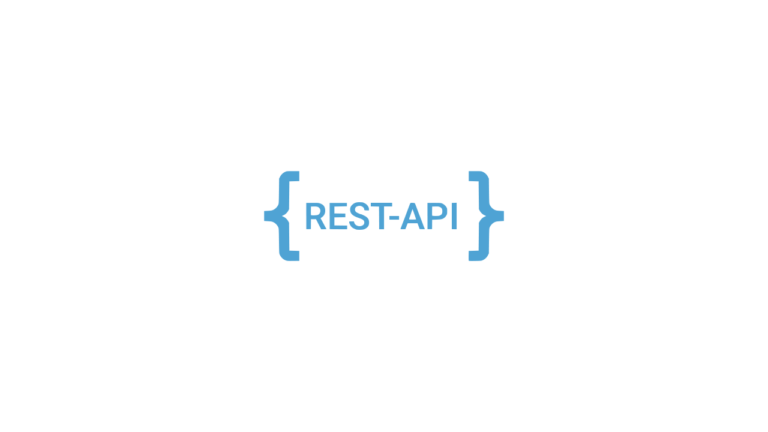

This full index is updated every time the truncated index file is updated. In case you need a full index, you can use it from the archive-full-index branch in the bitnami/charts Github repository. NOTE: It is important to note that the above mentioned repo is truncated so it only contains entries for the releases produced in the last 6 months. The following command allows you to download and install all the charts from this repository: To install Helm, refer to the Helm install guide and ensure that the helm binary is in the PATH of your shell. Charts are packages of pre-configured Kubernetes resources. Helm is a tool for managing Kubernetes charts. Get Started with Bitnami Charts using the IBM Cloud Kubernetes Service (IKS)įor setting up Kubernetes on other cloud platforms or bare-metal servers refer to the Kubernetes getting started guide.

Get Started with Bitnami Charts using the Google Kubernetes Engine (GKE).Get Started with Bitnami Charts using the Amazon Elastic Container Service for Kubernetes (EKS).Get Started with Bitnami Charts using the Azure Kubernetes Service (AKS).Get Started with Bitnami Charts using VMware Tanzu Mission Control.Get Started with Bitnami Charts using VMware Tanzu Kubernetes Grid.The quickest way to setup a Kubernetes cluster to install Bitnami Charts is following the "Bitnami Get Started" guides for the different services: Since the container image is an immutable artifact that is already analyzed, as part of the Helm chart release process we are not looking for vulnerabilities in the containers but running different verification to ensure the Helm charts work as expected, see the testing strategy defined at TESTING.md. Those containers use images provided by Bitnami through its test & release pipeline and whose source code can be found at bitnami/containers.Īs part of the container releases, the images are scanned for vulnerabilities, here you can find more info about this topic. Each Helm chart contains one or more containers.


 0 kommentar(er)
0 kommentar(er)
